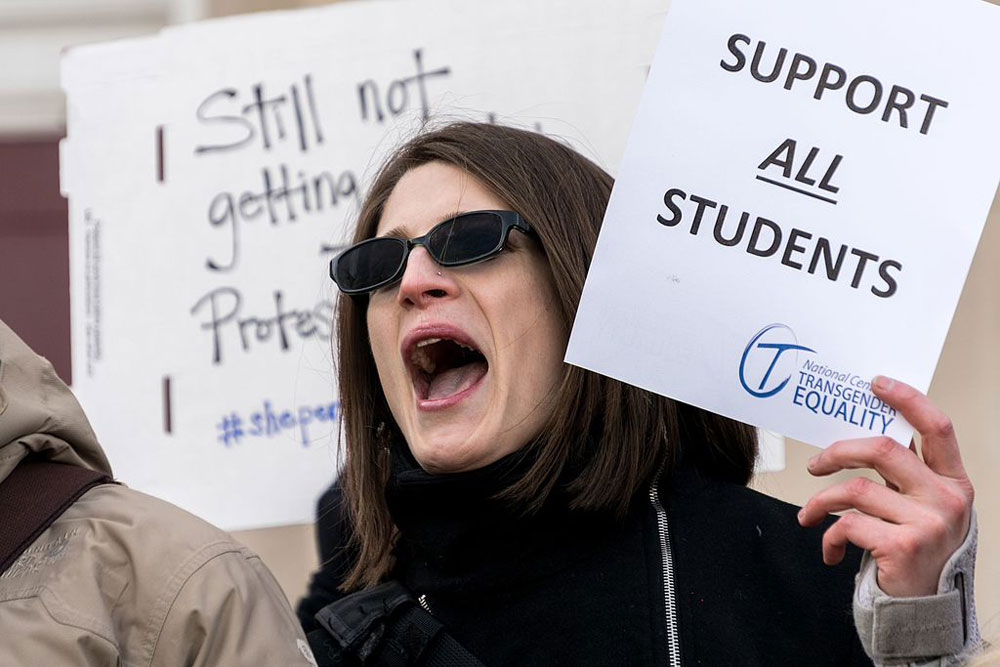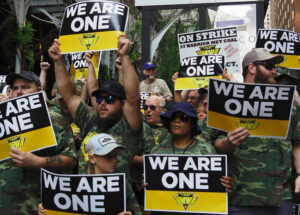
November 19, 2019; The Progressive and LGBTQ Nation
Nonprofits unionizing has become an important and often-discussed topic recently. This week, the National Center for Transgender Equality (NCTE) seems to have joined a list of nonprofits that are not so happy with the desire of their professionals to unionize.
In 2018, workers at NCTE asked for voluntary recognition of their workers’ union from the organization. That recognition was never formally granted, and this past August, the staff had a walkout in protest of the firing of a colleague of color. Workers say there has been a pattern of repeated mistreatment, and a complaint was filed by the workers for retaliation.
A buyout/severance package was offered to all workers, and now the organization is “embracing a new chapter” with a new executive director and a small handful of remaining staff.
This is just the latest nonprofits to resist worker organizing. On November 11th, NPQ’s Ellen Davis wrote about the Marciano Art Foundation coming under investigation by the National Labor Relations Board for firing 60 employees after unionization campaign was announced. On November 12th, Steve Dubb noted that workers at the Southern Poverty Law Center declared their intent to unionize, and then on November 15th, Ellen Davis updated the story with a memo from their management that they would not voluntarily recognize the union. Though, as her November 15th article describes, the stats for unionizing and its impact on women or workers of color is promising.
Sign up for our free newsletters
Subscribe to NPQ's newsletters to have our top stories delivered directly to your inbox.
By signing up, you agree to our privacy policy and terms of use, and to receive messages from NPQ and our partners.
Workers at these nonprofits are attempting to protect their rights amid organizational scandals. In a work environment where workers are often exploited, formal protections against further mistreatment is extremely important. So, what gives? Why won’t these nonprofits formally and voluntarily recognize their workers’ unions?
One common thread: the desire for formal elections and assurance that all voices participating in the process are heard. Even if this is a valid point, it is hard to trust its authenticity—especially if any form of retaliation is suspected. (For a quick review of standard management anti-union election tactics, take a look at some videos that companies have shown workers during some campaigns.) There are also issues stemming from the power dynamics of a leadership team saying they do not support or trust their employees with organizing on their own. This could lead to future fears of retaliation and could be seen as threatening to the financial well-being of the worker, whether the employer has the best of intentions with wanting to ensure more equitable processes in the formulation of a union or not.
As disparities of pay and treatment persist within the sector, unionizing serves as a way to ensure the equity principles and labor standards many in public service advocate as the minimum across the board in all workplaces. As is typical, disruptions to the status quo, such as these kind of unions in the nonprofit space, will upset current power dynamics and complacent structures.
Nonprofit professionals should be encouraged to advocate for their own well-being, as a worker who is healthy, supported, and treated well treated is more energized to advance their mission.—Sarah Miller












